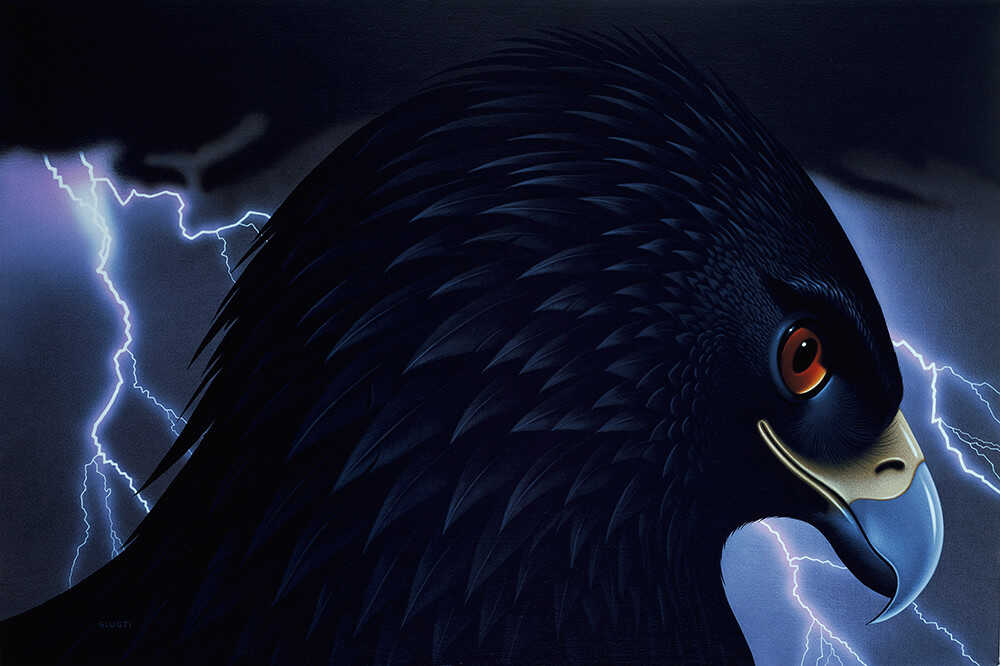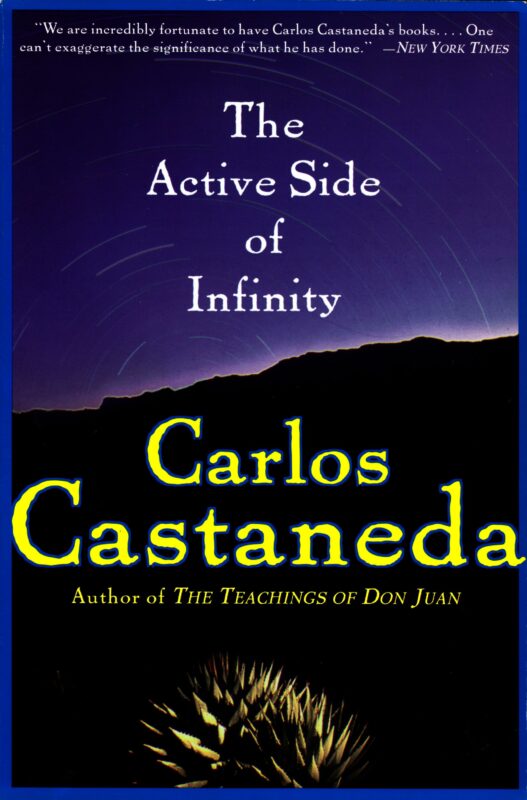The Eagle’s Gift – The Rule of The Nagual
This chapter delves into the foundational mythos of the sorcerers’ world, which Castaneda calls “the rule of the Nagual.” He recounts how Don Juan, after a near-fatal encounter, was initiated into this rule by his own benefactor. The rule describes the Eagle, an immense cosmic force that consumes the awareness of all beings upon death. However, the Eagle also provides a gift: a chance to escape this fate and achieve freedom by keeping one’s awareness. To guide beings to this freedom, the Eagle created the Nagual, a double being who comes in a male/female pair. The chapter details the specific structure of a Nagual’s party—composed of four types of female warriors (the four directions) and four types of male warriors—and outlines their luminous features, their tasks of dreaming and stalking, and the cyclical duty of each Nagual to find and train a new party before departing the world.

